Building an emergency stockpile doesn’t have to break the bank. With some smart planning and savvy shopping, you can prepare for the unexpected without emptying your wallet. Starting small and planning for disasters on a smaller scale is a great way to begin. Remember, the goal is to be ready for anything, from natural disasters to economic downturns. These tips will help you create a robust emergency supply without straining your finances.
Buy in Bulk When Possible

Purchasing items in large quantities often results in significant savings. Look for bulk deals on non-perishable foods, toilet paper, and other essentials. Warehouse clubs like Costco or Sam’s Club can be goldmines for bulk purchases. Just make sure you have adequate storage space and that you’ll use the items before they expire. Consider splitting large purchases with friends or family to maximize savings and minimize waste.
Rotate Your Stock

Implement a first-in, first-out system for your supplies. Use older items in your everyday life and replace them with fresh stock. This ensures your emergency supplies stay current and prevents waste. Set up your pantry organization to make rotation easy and efficient. Label items with purchase dates to keep track of expiration times and prioritize usage.
Learn Food Preservation Techniques

Extend the life of your food supplies by learning preservation methods. Canning, dehydrating, and fermenting can help you store fruits, vegetables, and even meats for long periods. These skills not only save money but also increase your self-reliance. Start with simple projects like making jam or drying herbs to build confidence before tackling more complex preservation methods.
Shop Sales and Use Coupons
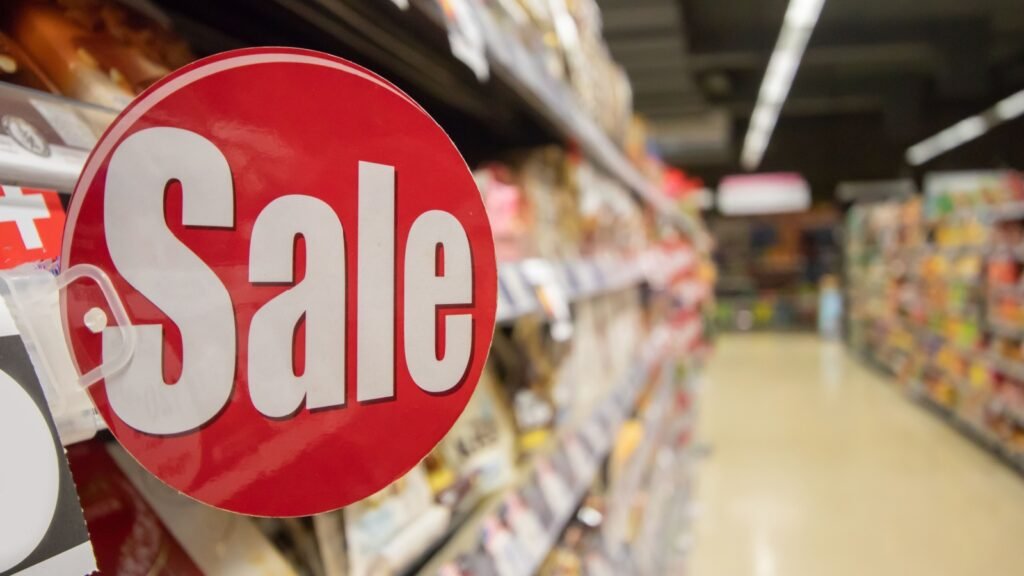
Keep an eye out for sales on items you need for your stockpile. Combine sales with coupons for maximum savings. Many stores offer digital coupons through their apps, making it easier than ever to save. Create a price book to track the best deals and know when to stock up. Set up email alerts for your most-needed items to catch the best sales as soon as they happen.
Grow Your Own Food
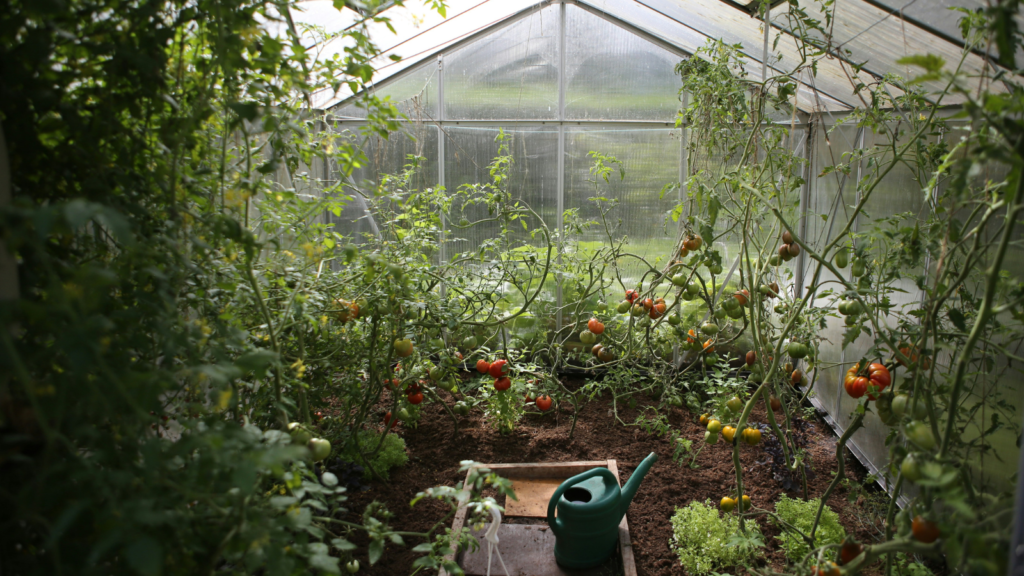
Start a garden to supplement your food storage. Even small spaces can yield surprising amounts of produce. Focus on high-yield, easy-to-grow crops like tomatoes, beans, and herbs. Learning urban homesteading techniques can help you maximize your growing potential in limited spaces. Consider vertical gardening or container gardening to make the most of small areas.
Buy Generic Brands
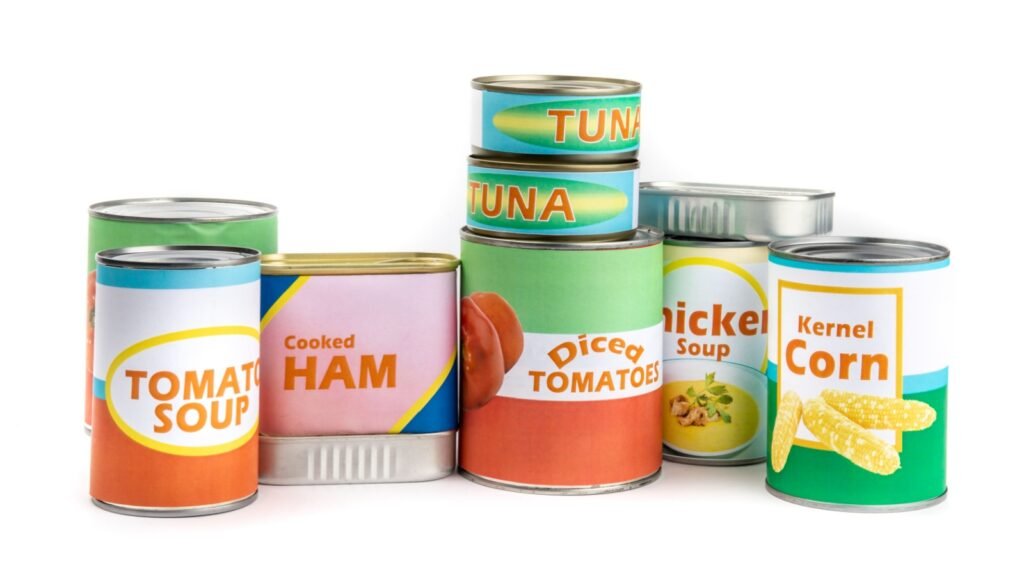
Name brands often cost more without providing additional quality. Opt for generic or store-brand items when stocking up. The savings can be substantial, especially when buying in bulk. Compare ingredients to ensure you’re getting a similar product. Don’t be afraid to try different generic brands to find the ones that offer the best balance of quality and affordability.
Invest in Reusable Items
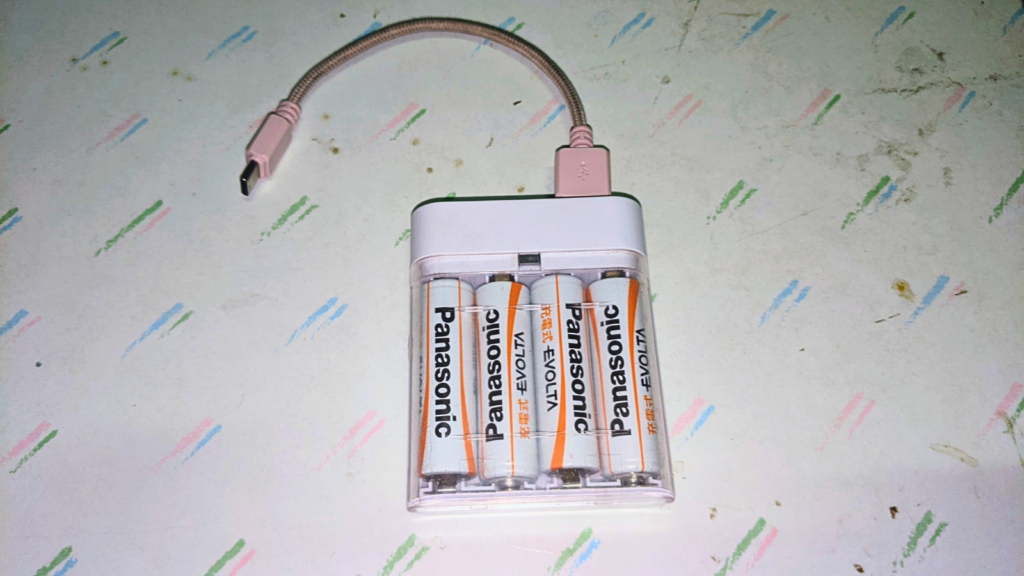
While disposable items might seem cheaper initially, reusable alternatives save money in the long run. Stock up on cloth napkins, rechargeable batteries, and refillable water containers. These items reduce waste and cut costs over time. Consider investing in a high-quality water filter to reduce dependence on bottled water during emergencies.
Learn Basic Repair Skills

Being able to fix things yourself can save money and extend the life of your supplies. Learn basic sewing, tool maintenance, and general repair skills. These abilities will prove invaluable in emergency situations and everyday life. Take advantage of free online tutorials or community workshops to build your repair know-how.
Make Your Own Cleaning Supplies

Commercial cleaning products can be expensive and contain harsh chemicals. Learn to make your own using simple ingredients like vinegar, baking soda, and essential oils. These homemade cleaners are effective, affordable, and often safer for your family. Experiment with different recipes to find the most effective formulations for your needs.
Focus on Multi-Purpose Items
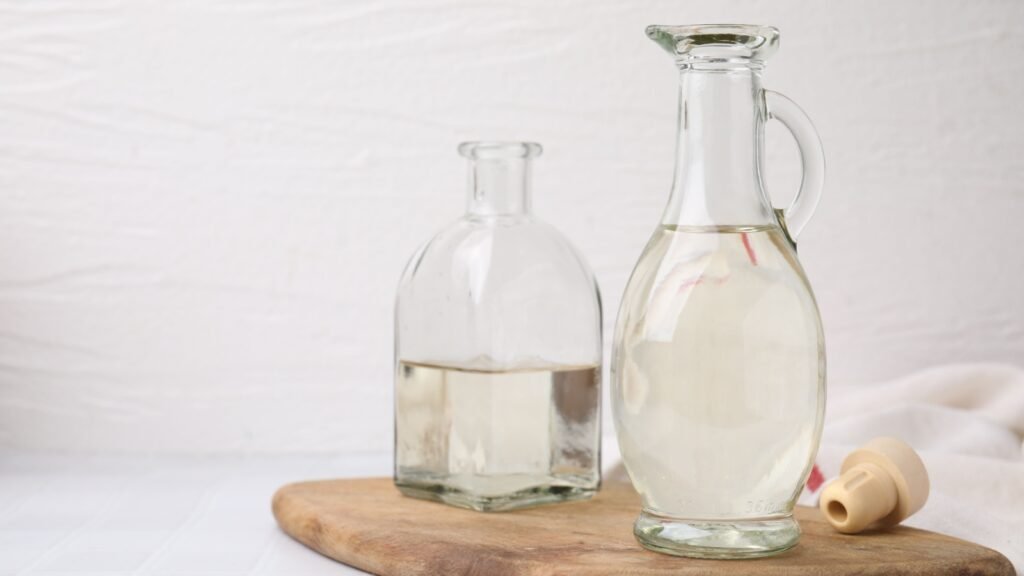
Choose items that serve multiple functions to get more bang for your buck. For example, vinegar can be used for cleaning, cooking, and preserving food. Solid furniture pieces can double as storage and provide stability during emergencies. Look for tools and equipment that can be used in various scenarios to maximize their value in your stockpile.
Barter and Trade

Connect with other preppers and homesteaders in your area. Set up trading networks to exchange surplus supplies or skills. This can help you acquire items you need without spending money and build a supportive community. Organize skill-sharing workshops to teach and learn valuable preparedness techniques.
Prioritize Essential Items
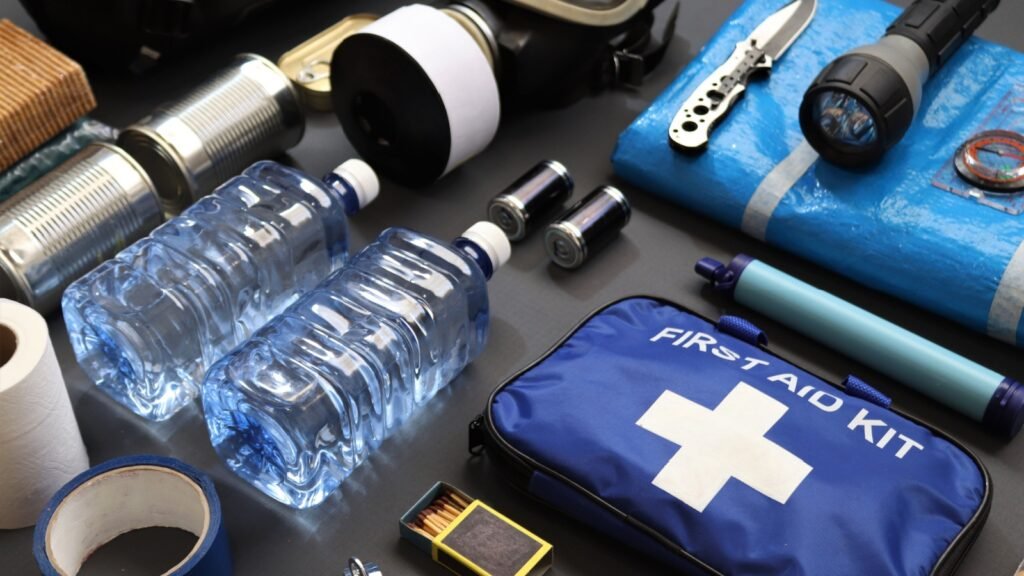
Focus on stocking up on true necessities first. Water, shelf-stable food, first aid supplies, and basic tools should be your top priorities. Once you have these covered, you can gradually expand your stockpile to include comfort items. Create a prioritized list of supplies based on your specific needs and regional risks.
Use Social Media for Deals

Follow preparedness and homesteading groups on social media platforms. Many share deals, coupons, and even free item alerts. These communities can also provide valuable tips and support for budget-conscious preppers. Set up notifications for your favorite groups to stay informed about time-sensitive offers.
DIY Emergency Kits
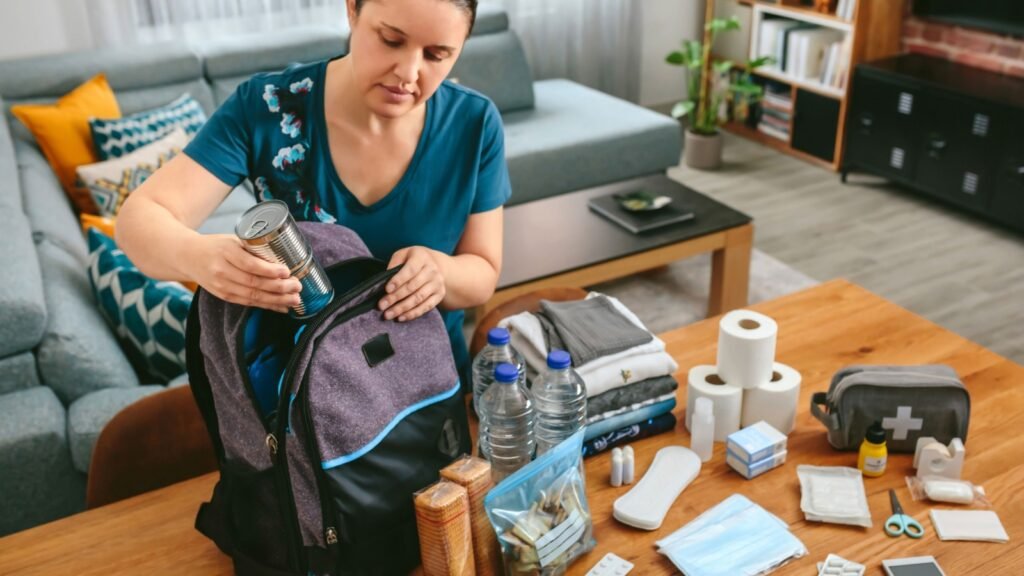
Instead of buying pre-made emergency kits, assemble your own. This allows you to customize the contents to your needs and often results in higher quality supplies at a lower cost. Start with basic essentials and add to your kit over time. Research recommended items for your area’s specific risks and tailor your kit accordingly.
Practice Your Skills

The most valuable prep is knowledge. Regularly practice your survival and homesteading skills. This not only improves your abilities but also helps you identify gaps in your supplies without spending money on unnecessary items. Organize or participate in local preparedness drills to test your skills and supplies in realistic scenarios.

